Welcome, Star Wars fans, to a luminous journey through the galaxy of the saga’s most iconic weapon—the lightsaber. This fantastical device has captivated audiences worldwide since Star Wars burst onto the scene in 1977. The mesmerizing glow, the distinctive hum of its energy blade, and the epic duels it has participated in are all parts of the allure. The lightsaber is more than just a weapon; it’s a symbol of the dichotomy between the Jedi and the Sith, light and darkness, good and evil. It’s now time to embark on an insightful exploration of this beloved artifact, appreciating its rich legacy in a galaxy far, far away.
Contents
- The History of Lightsabers
- Lightsaber Colors and Meanings
- Famous Lightsabers and Their Owners
- Lightsaber Combat Styles
- Building a Lightsaber
- Lightsabers in Extended Universe Media
- Lightsaber Battles and Duels
- Lightsabers in Pop Culture
- Lightsaber Merchandise and Collectibles
- The Legacy of Lightsabers
- Conclusion
The History of Lightsabers
The origins of lightsabers are deeply woven into the rich, immersive tapestry of Star Wars lore. These elegant, laser-based weapons, primarily associated with the Jedi and the Sith, are, in essence, an extension of their users’ profound connection to the mystical Force. The intriguing process of constructing these weapons involves kyber crystals, naturally occurring, Force-attuned minerals found across numerous planets within the galaxy. These crystals not only power the lightsaber blade but are also said to reflect the very soul of the Jedi or Sith, establishing a profound, inseparable bond between the weapon and its wielder.
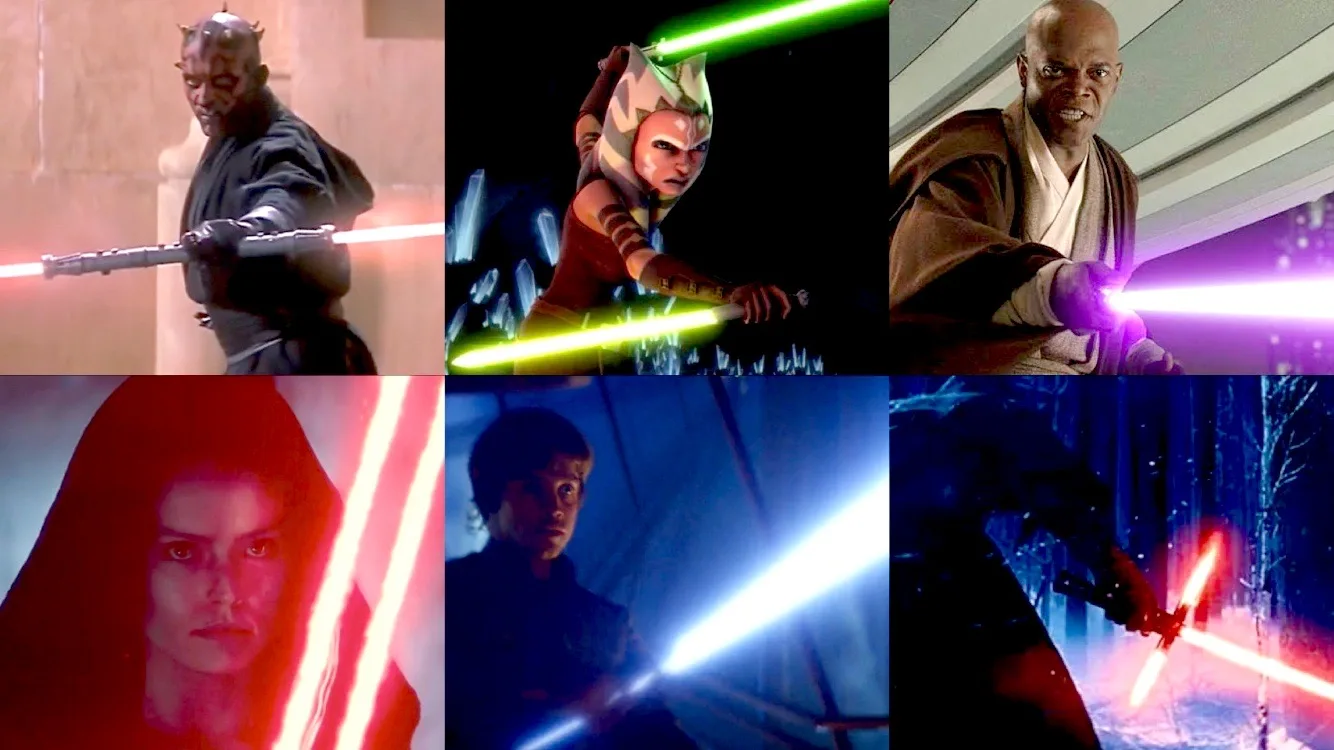
Source: fantasytopics.com
Lightsaber Colors and Meanings
In the diverse Star Wars universe, The Lightsaber colors are far from being merely aesthetic choices; they carry deep symbolism and meaning. The Jedi predominantly wield lightsabers with blue or green blades, symbolizing their harmony with the Force and their specific focus on wisdom or combat prowess, respectively. Conversely, the Sith’s intimidating crimson blade is achieved through a painful process known as ‘bleeding,’ where the kyber crystal is subjected to the dark side’s potent negative energy. More recently, we’ve seen an intriguing range of color variations, such as Mace Windu’s regal purple saber—indicative of his delicate balance between light and dark—and the pristine white blades of Ahsoka Tano, signifying her stance of neutrality.
Famous Lightsabers and Their Owners
Over the years, the expansive Star Wars saga has gifted us with a plethora of memorable lightsabers, each carrying its owner’s unique legacy. Luke Skywalker’s self-crafted green saber, built from scavenged parts, is a testament to his personal transformation into a full-fledged Jedi Knight. Darth Maul’s ominous, double-bladed red saber amplified the level of threat from the Sith. The unique and highly coveted black Darksaber holds significant political symbolism for the Mandalorians, and Rey’s yellow-bladed weapon indicates her pioneering a fresh, unprecedented path for the Jedi.
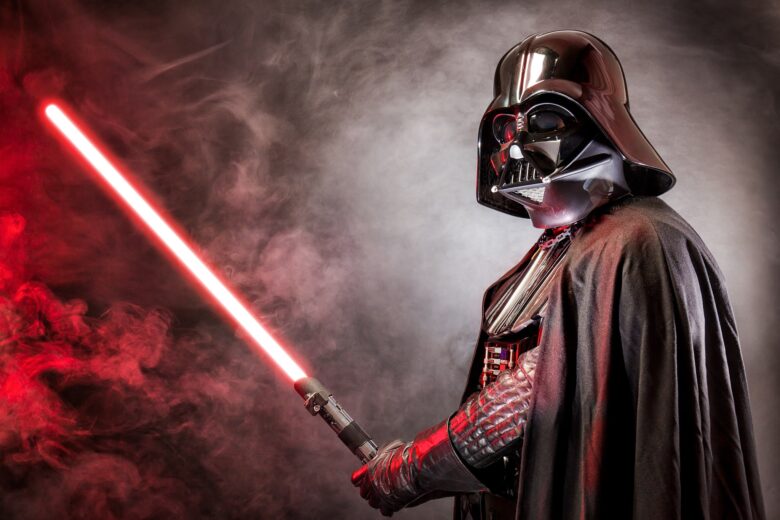
Source: warpedfactor.com
Lightsaber Combat Styles
There exist seven traditional forms of lightsaber combat, each style accurately reflecting the wielder’s personality, mindset, and the context of their intense training. For instance, Obi-Wan Kenobi, a master of the defensive Form III, showcases a defensive fighting style—perfectly suitable for the guardian role he adopts within the story. In stark contrast, the aggressive and somewhat unpredictable Form VII is skillfully employed by Mace Windu, his distinguishable purple blade whirling in a controlled yet chaotic dance against opponents.
Building a Lightsaber
The construction of a lightsaber is a significant rite of passage for any Jedi, often involving a mystical journey known as ‘the Gathering.’ This tradition sees younglings venture to the icy planet of Ilum, a sacred world rich in the essential kyber crystals, to locate and procure their unique crystal—an event that serves as a personal quest for self-discovery and a vital test of their individual connection to the Force. This intricately constructed weapon then becomes an integral part of the Jedi’s identity, serving as a physical extension of their will and resolve.
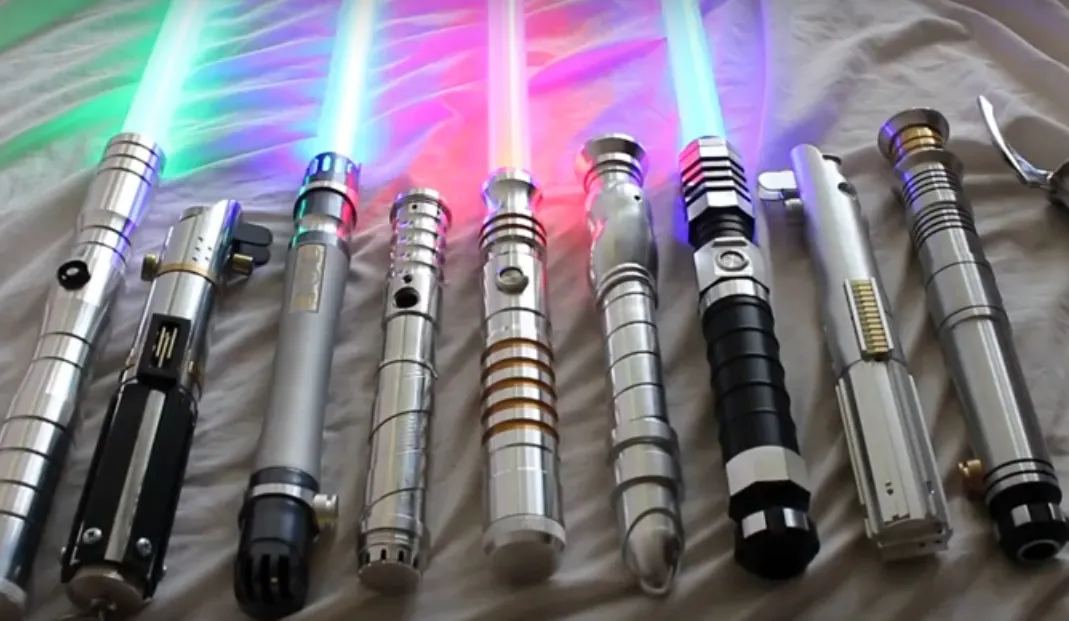
Source: sabersourcing.com
Lightsabers in Extended Universe Media
The extended Star Wars universe significantly broadens the horizon of lightsaber lore, introducing a multitude of unique weapons and intriguing characters. One noteworthy example is the dual-phase saber, switchable between different blade lengths, which presents an interesting tactical variation. The double-bladed spinning lightsaber of the Inquisitors adds an element of intrigue and menace, providing them with a terrifying edge. In Star Wars: Rebels, we encounter Ezra Bridger’s hybrid blaster-lightsaber, an innovative design that demonstrates adaptability, creativity, and resourcefulness in a world beset by conflict.
Lightsaber Battles and Duels
Some of the most memorable and heart-stopping moments in Star Wars history are undoubtedly the dramatic lightsaber duels. These intense battles, choreographed to cinematic perfection, are narrative high points, often bringing character arcs to their poignant climax or irreversible turning points. The epic duel between Anakin Skywalker and Obi-Wan Kenobi on the lava-ridden planet of Mustafar in “Revenge of the Sith” is a pivotal moment in the saga, marking Anakin’s harrowing final transition into the dreaded Darth Vader.
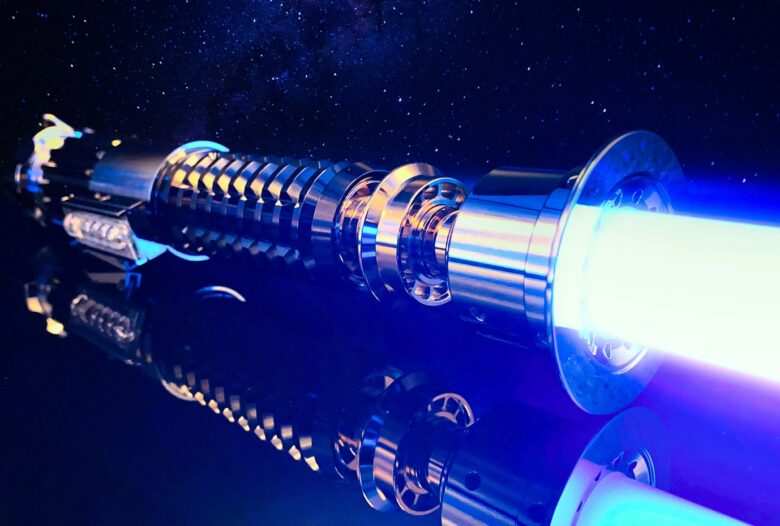
Source: galaxysabers.co.uk
Lightsabers in Pop Culture
Lightsabers have etched themselves into the vibrant fabric of popular culture globally. Their influence reaches far beyond the Star Wars saga, spanning films, TV shows, video games, and internet memes—their impact is indelible. They’ve inspired countless toy lines, elaborate cosplays, and even actual fencing styles based on their unique combat techniques. The hum and buzz of a lightsaber igniting is an unmistakable sound that instantly evokes the magic, excitement, and sense of adventure that is Star Wars.
Lightsaber Merchandise and Collectibles
There’s a vast, virtually endless array of Star Wars-themed merchandise available for fans eager to recreate the magic of the saga in their lives. Replica lightsabers, ranging from affordable toy versions for younger fans to high-end collectibles with movie-accurate lights and sounds, are particularly popular among fans of all ages. Companies like Hasbro and Master Replicas have created lines of lightsaber toys and faithful replicas that have become cherished additions to fans’ collections, often serving as beloved keepsakes or prized showpieces.
The Legacy of Lightsabers
The legacy of lightsabers extends far beyond their primary role as formidable weapons of the Force. They are powerful symbols representing the eternal struggle between light and dark, hope and despair, peace and war. These weapons are deeply personal to their wielders, mirroring their journeys and their destinies. They’re a testament to the timeless appeal and lasting influence of Star Wars, encapsulating the sense of wonder, high-stakes adventure, and steadfast heroism that the saga inspires in viewers worldwide.
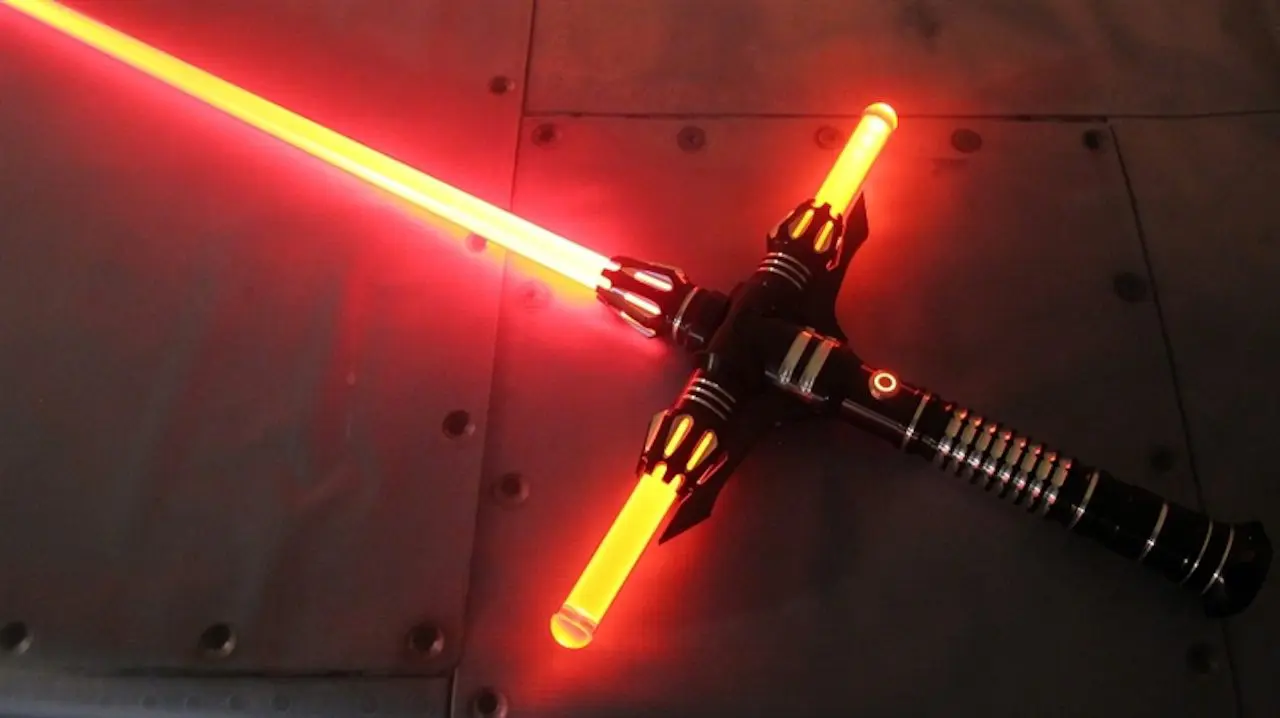
Source: ultrasabers.com
Conclusion
From their storied history, compelling symbolism, to their monumental impact on pop culture, lightsabers have consistently illuminated our screens and our imagination. As we conclude our guide, we come away with an understanding of how these weapons hold a mirror to their wielders’ souls, reflect pivotal plot points, and encapsulate the enduring appeal of the Star Wars saga. Their allure lies not just in their design, combat utility, or vibrant colors, but in their ability to capture and embody the eternal battle between light and dark—ensuring they continue to captivate audiences for generations.
